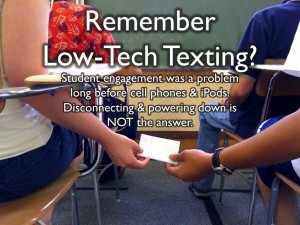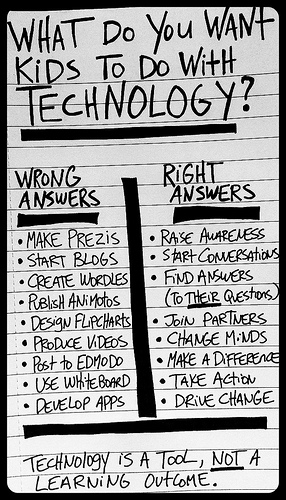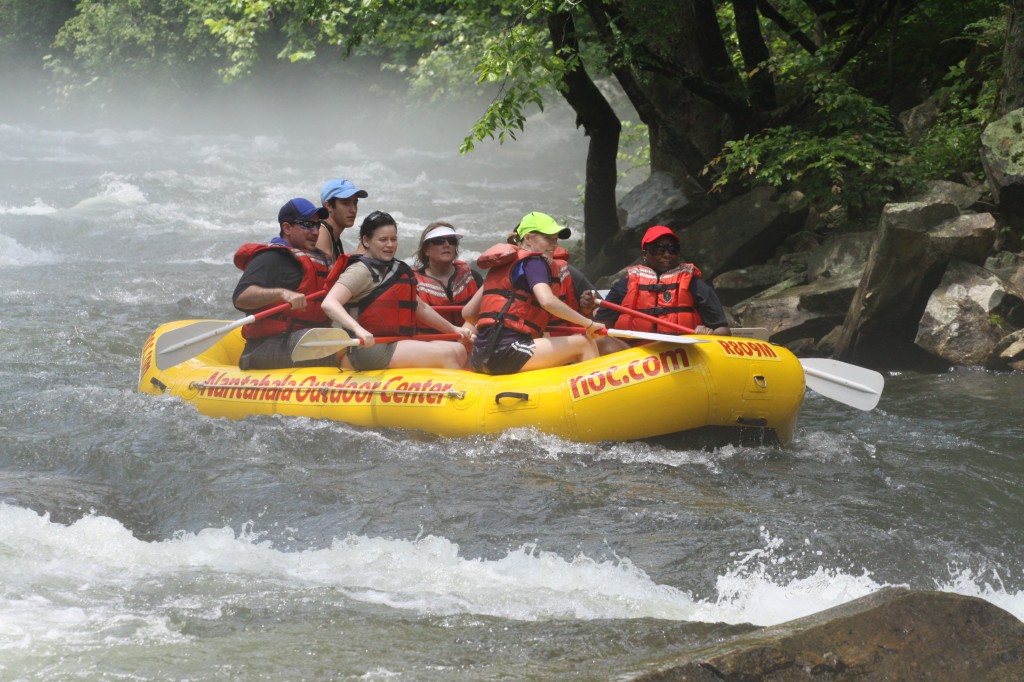Common Core Statements:
- “Students who are College and Career Ready in Reading, Writing, Speaking, Listening, & Language use technology and digital media strategically and capably.” (Common Core State Standards for English Language Arts & Literacy in History/Social Studies, Science, and Technical Subjects)
- Mathematically proficient students “are able to use technological tools to explore and deepen their understanding of concepts”. (CCSS.Math.Practice.MP5)

photo credit: Roger Smith via photopin cc
Question:
Is it jaded of me to say that I don’t think the curriculum changes made through Common Core and the NC Essential Standards will make a hill of beans difference in the use of technology for learning? The two statements quoted at the top of this post clearly indicate that students must use technology.
But…
- Robust standards. The standards raised the bar on the expectations of students. Same amount of time to teach, but students need to learn more.
- Testing. EOGs, EOCs, MSLs, Benchmarks, Pre- and Post-assessments.
- Money. Not all budgets are created equally, and technology is expensive.
- Teachers. Some seek out ways to integrate instructional technology into their classrooms; others don’t.
So…
- Some teachers will realize that the only way to accomplish everything that is being asked of them and of their students is with the use of technology.
- Some teachers won’t. Some teachers will worry that they have too much to cover to take the chance on using technology.
Wisdom… from Maya Angelou

photo credit: SteveNakatani via photopin <a
“I’ve learned that you shouldn’t go through life with a catcher’s mitt on both hands; you need to be able to throw something back.”
Conclusion:
We, teachers who recognize the power of instructional technology, need to mentor, nurture, and encourage those teachers in our circle of influence who haven’t implemented digital tools into their classrooms. Give them an easy first step to try. Coach them and cheer them on. Our students deserve it.
Another Question:
What is a good first step for teachers new to digital learning tools?







